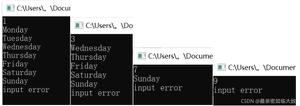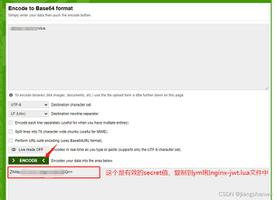如何在C ++中“返回对象”?
对象是类的实例。仅在创建对象时分配内存,而在定义类时不分配内存。
函数可以使用return关键字返回对象。演示此的程序如下所示-
示例
#include <iostream>using namespace std;
class Point {
private:
int x;
int y;
public:
Point(int x1 = 0, int y1 = 0) {
x = x1;
y = y1;
}
Point addPoint(Point p) {
Point temp;
temp.x = x + p.x;
temp.y = y + p.y;
return temp;
}
void display() {
cout<<"x = "<< x <<"\n";
cout<<"y = "<< y <<"\n";
}
};
int main() {
Point p1(5,3);
Point p2(12,6);
Point p3;
cout<<"Point 1\n";
p1.display();
cout<<"Point 2\n";
p2.display();
p3 = p1.addPoint(p2);
cout<<"The sum of the two points is:\n";
p3.display();
return 0;
}
输出结果
上面程序的输出如下。
Point 1x = 5
y = 3
Point 2
x = 12
y = 6
The sum of the two points is:
x = 17
y = 9
现在,让我们了解以上程序。
Point类具有两个数据成员,即x和y。它具有参数化的构造函数以及2个成员函数。该函数addPoint()将两个Point值相加,并返回存储和的对象temp。该函数display()打印x和y的值。给出的代码片段如下。
class Point { private:
int x;
int y;
public:
Point(int x1 = 0, int y1 = 0) {
x = x1;
y = y1;
}
Point addPoint(Point p) {
Point temp;
temp.x = x + p.x;
temp.y = y + p.y;
return temp;
}
void display() {
cout<<"x = "<< x <<"\n";
cout<<"y = "<< y <<"\n";
}
};
在函数中main(),创建了Point类的3个对象。显示p1和p2的第一个值。然后通过调用function找到p1和p2中的值之和并将其存储在p3中addPoint()。显示p3的值。给出的代码片段如下。
Point p1(5,3);Point p2(12,6);
Point p3;
cout<<"Point 1\n";
p1.display();
cout<<"Point 2\n";
p2.display();
p3 = p1.addPoint(p2);
cout<<"The sum of the two points is:\n";
p3.display();
以上是 如何在C ++中“返回对象”? 的全部内容, 来源链接: utcz.com/z/335007.html







